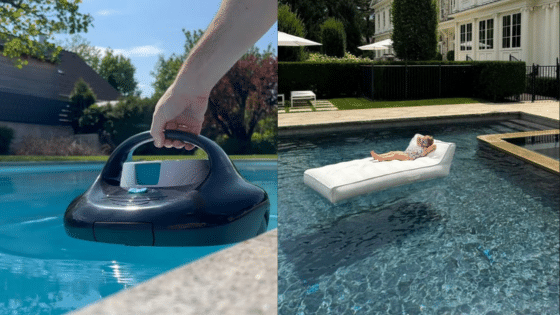
Replacing your home’s air conditioning system is one of those big investments that can either be a total game-changer or a complete headache, depending on how you handle it. Whether your old unit finally kicked the bucket or you’re upgrading to something more efficient, there’s way more to this process than just picking a brand and calling someone to install it.
I’ve seen too many homeowners make mistakes during AC replacement that end up costing them big time—we’re talking higher bills, poor performance, or even having the whole system fail way sooner than it should. The thing is, most of these problems are totally avoidable if you know what to watch out for.
If you’re planning an air conditioning replacement Highlands Ranch, CO, here are some common pitfalls you definitely want to steer clear of so you can actually enjoy reliable cooling and reasonable energy bills all summer long.
Choosing the Wrong System Size
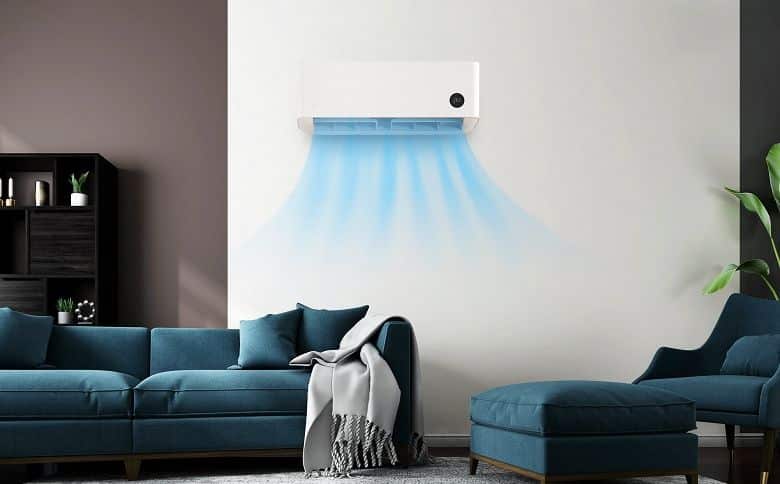
Here’s something that trips up a lot of people: bigger is not always better when it comes to AC systems. I know it sounds counterintuitive, but a system that’s too large will actually short cycle, which means it turns on and off constantly without properly removing humidity from your home. You end up with a house that feels clammy and uncomfortable, plus you’re wasting energy like crazy.
On the flip side, an undersized system is going to run constantly and still never quite get your home cool enough. It’s like trying to fill a swimming pool with a garden hose—technically possible, but not exactly efficient or effective.
The right way to size an AC system is with something called a Manual J load calculation. This takes into account your home’s size, insulation levels, window placement, and a bunch of other factors that affect how much cooling you actually need. Don’t let anyone just eyeball it or base the size on what you had before. Your old system might have been the wrong size too.
Overlooking Ductwork Issues
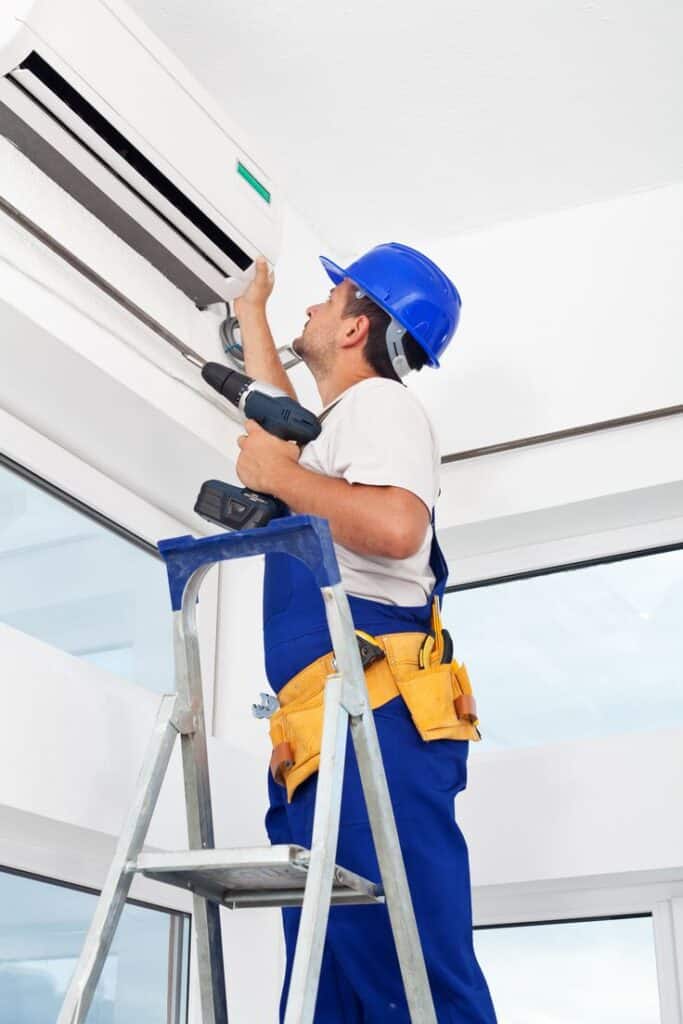
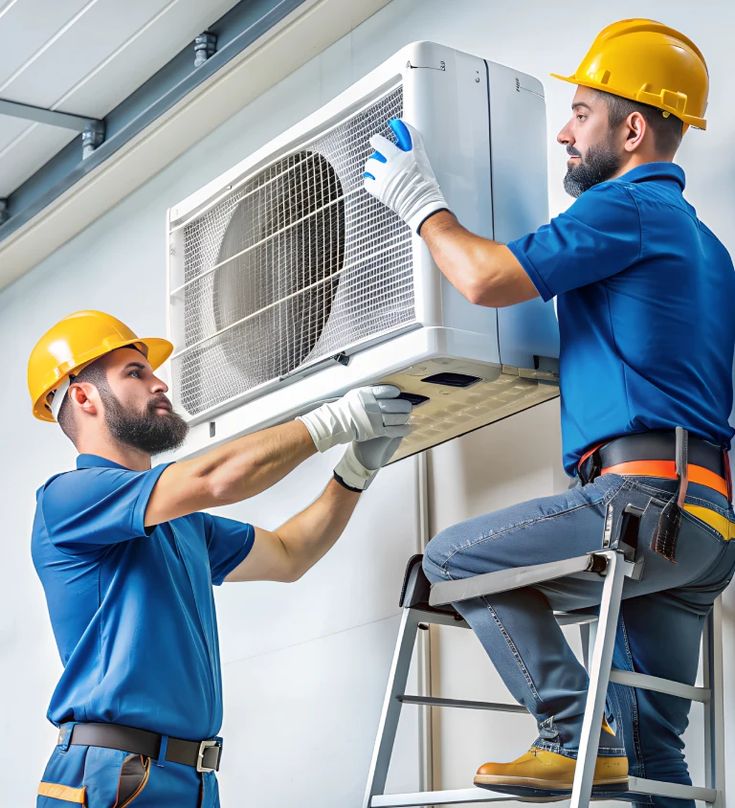
This is probably the biggest mistake I see, and it’s totally understandable why people miss it. You’re focused on the shiny new AC unit, but what about the ductwork that’s going to deliver all that cool air? If your ducts are old, leaky, or undersized, even the best new system is going to struggle.
Duct leaks are sneaky little money-wasters. They can lose 20-30% of your cooled air before it even reaches the rooms you’re trying to cool. That’s like paying for air conditioning and then opening all your windows—it just doesn’t make sense.
When you’re getting a new AC system, that’s the perfect time to have your ducts inspected and sealed, or even replaced if they’re in really bad shape. I know it adds to the cost, but ignoring your ductwork is like putting a Ferrari engine in a car with flat tires. The system can only perform as well as the weakest link.
Skipping Professional Installation
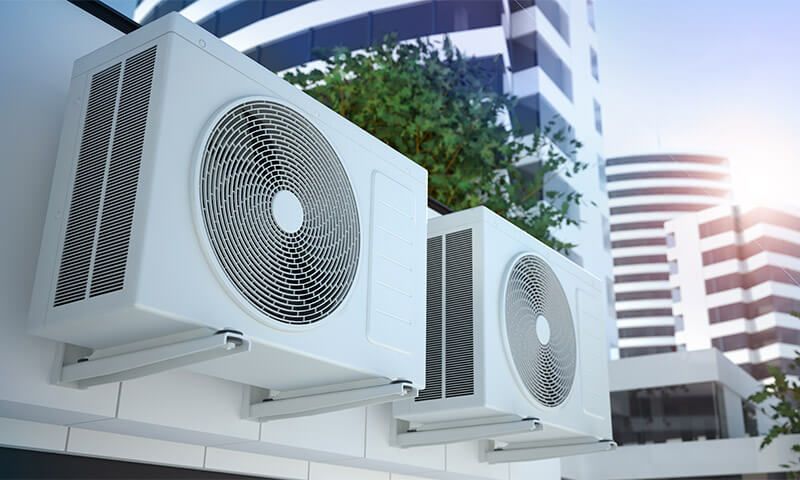
Look, I get it. AC installation seems like it should be straightforward, and there are plenty of YouTube videos that make it look easy. But here’s the thing: installing an AC system properly involves electrical connections, refrigerant handling, and building codes that can get pretty complicated pretty fast.
Going the DIY route or hiring someone who’s not qualified can void your warranty, damage your equipment, or leave you with a system that’s actually dangerous. I’ve seen DIY installations that resulted in electrical fires, refrigerant leaks, and systems that never worked right from day one.
Professional installers know how to get the refrigerant charge exactly right, calibrate the airflow properly, and make sure all the electrical connections are safe and up to code. Always check that your contractor has proper licenses, insurance, and experience with the type of system you’re installing. It’s worth paying for someone who knows what they’re doing.
Ignoring Efficiency and Long-Term Costs

This is where a lot of people get penny-wise and pound-foolish. Sure, that cheaper unit might save you some money upfront, but if it’s going to cost you an extra $50-100 every month in energy bills, you’re going to regret that decision pretty quickly.
Look for high SEER ratings and ENERGY STAR certification. These aren’t just marketing gimmicks—they indicate systems that will actually save you money over the long haul. Plus, there are often rebates, tax credits, and financing options available for high-efficiency systems that can help offset the higher initial cost.
Do the math on what you’ll be paying over the life of the system, not just what you’re paying today. A system that costs $2,000 more upfront but saves you $500 a year in energy costs is a no-brainer investment. Your future self will thank you when those summer electric bills come in.
Plan Smart for Long-Term Comfort
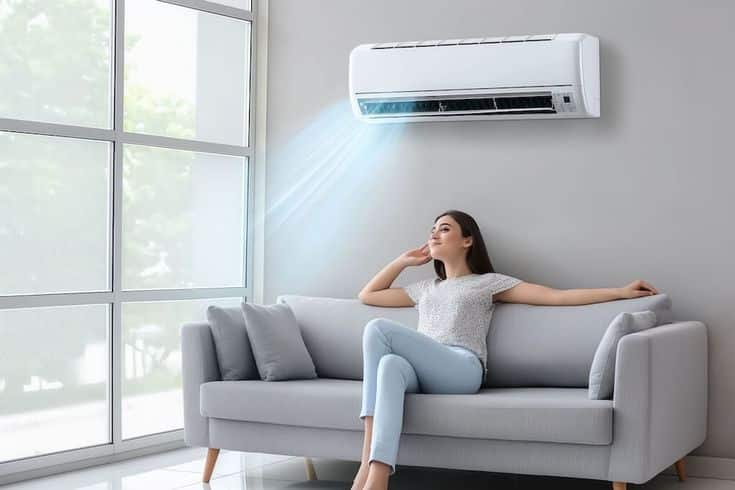
Installing a new AC system should give you peace of mind, not keep you up at night worrying about whether you made the right choice. By avoiding these common mistakes—getting the sizing right, taking care of your ductwork, using qualified installers, and thinking about long-term costs—you’ll protect your investment and keep your home comfortable for years to come.
The whole process can feel overwhelming, especially when you’re dealing with a broken AC in the middle of summer. But taking the time to work with qualified professionals and asking the right questions will help you navigate your options without making costly mistakes.
So don’t rush it, and don’t cut corners. A well-planned installation pays off in lower energy costs, fewer repair headaches, and better comfort overall. Your future self—and your electric bill—will definitely thank you when summer heat rolls in and your home stays cool and efficient without any drama.
- 2shares
- Facebook0
- Pinterest2
- Twitter0
- Reddit0








